Best places to go stargazing in La Palma
One of the greatest attractions in La Palma is the quality of its night sky. The island has unique environmental conditions for observing the stars and is considered one of the best places in the world for viewing the sky.
The island’s sky has been protected by law since 1988 and in 2012 the island was declared the world’s first Starlight Reserve.
La Palma has a network of astronomical viewpoints located at different strategic points on the island. All of them have explanatory panels to identify constellations according to the time of year.
Read on to find out about some of the best places to see the stars on the Isla Bonita.
Mirador del Llano de Jable
The Llano del Jable viewpoint is undoubtedly one of the best on the island for astrophotography and observing the night sky. Its privileged location at a height of 1,341 metres ensures ideal light conditions for viewing the sky, as it is above the sea of clouds. During the day, it also offers a spectacular panoramic view of the Aradane Valley and the island’s west coast.
If this is the first time you have observed the stars, the viewpoint has information panels that will help you identify the main constellations and a signpost that points towards the Pole Star.
If you want to get to the viewpoint from Santa Cruz de La Palma, take the LP-3 road towards El Paso. After going through the cumbre tunnel (that is by the way also a meteorological divide), a few metres further on you will need to take the turn-off to the left towards the LP-301. After approximately 6 kilometres, you will find the viewpoint on your right.
If you want to go there from Los Llanos de Aridane, take the LP-3 road towards Santa Cruz de La Palma. Before you reach the tunnel, turn right along the LP-301 towards “Zonas Recreativas El Pilar”. Go on for about 10 minutes and you’ll see the viewpoint on your right.
There is a parking area, but there are no additional services, so we recommend youthat you bring enough food and warm clothing. Temperatures drop at night and it can get quite chilly.
Mirador de San Bartolo
The San Bartolo observation point is at a height of 439 metres on the mountain which gives it its name, in the municipality of Puntallana, in the north-east of the island.
The viewpoint offers breathtaking 360-degree views of the mountains and the Atlantic Ocean. The best time to visit is June or July, during the early hours of the night, which is when the star Vega and the small constellation Lira can be seen. There are two panels with information about stars and another recounting the legend of the “Salto del Enamorado” (Lover’s Leap).
It is one of the most accessible viewpoints on the island and nearby there are restaurants and bars where you can enjoy local cuisine. To get there take the LP-1 to La Galga. After passing the school, turn right and continue as far as the Ermita de San Bartolomé. Go up the small hill by the hermitage and you will come to the viewpoint.
Mirador del Llano de Las Ventas
The Llano de Las Ventas viewpoint is in the municipality of Breña Baja and falls within the Cumbre Nueva Natural Park. It is at an altitude of 1,320 metres, at the foot of Las Ventas Mountain. By day, it offers stunning views of the east coast of La Palma and the islands of La Gomera and El Hierro.
At the viewpoint you will find panels giving information about the most important stars and constellations and a post pointing to the Pole Star.
The observation point can be reached by car along the LP-301 (Refugio de el Pilar) road, which you can access directly via the LP-3, if you are coming from the west of the island, or via the LP-202 (passing through San Isidro), if you are coming from the east.
Mirador de Buracas
Located in the picturesque village of Las Tricias, in the municipality of Garafía, the Buracas viewpoint is situated in one of the most popular locations on the Isla Bonita.
It is 574 metres above sea level, at the foot of an old mill, now converted into the Gofio de Garafía Interpretation Centre (MIGO), honouring local ties with this Canary Island product. The site has one of the lowest levels of light pollution on the island, ensuring that you can contemplate the sky in the deepest darkness.
The area is within the Hiscaguán Coast Monument Protected Natural Space and is of great environmental and archaeological value. It is home to one of the largest populations of dragon trees in the Canary Islands and one of the largest concentrations of cave carvings on the island.
Roque de Los Muchachos
This list would not be complete without a special mention of Roque de Los Muchachos. At an altitude of 2,396 metres, light pollution is non-existent. It is the headquarters of the Roque de Los Muchachos Observatory, one of the world’s pioneering centres in astronomical observation.
There is a visitor centre in the area, whose aim is to raise awareness of the importance of astronomy in La Palma. It is open to the public Monday to Sunday from 10:00 am to 5:30 pm. The Instituto de Astrofísica de Canarias also organises guided daytime visits to the observatory in small groups with prior booking.
It’s hard to choose the best astronomical viewpoint in La Palma, but now you know some of the best places to see the stars, so you can choose the one that suits you best. So, take note and enjoy one of the best skies in the world!
Categories: Canaries, Be inspired, La Palma


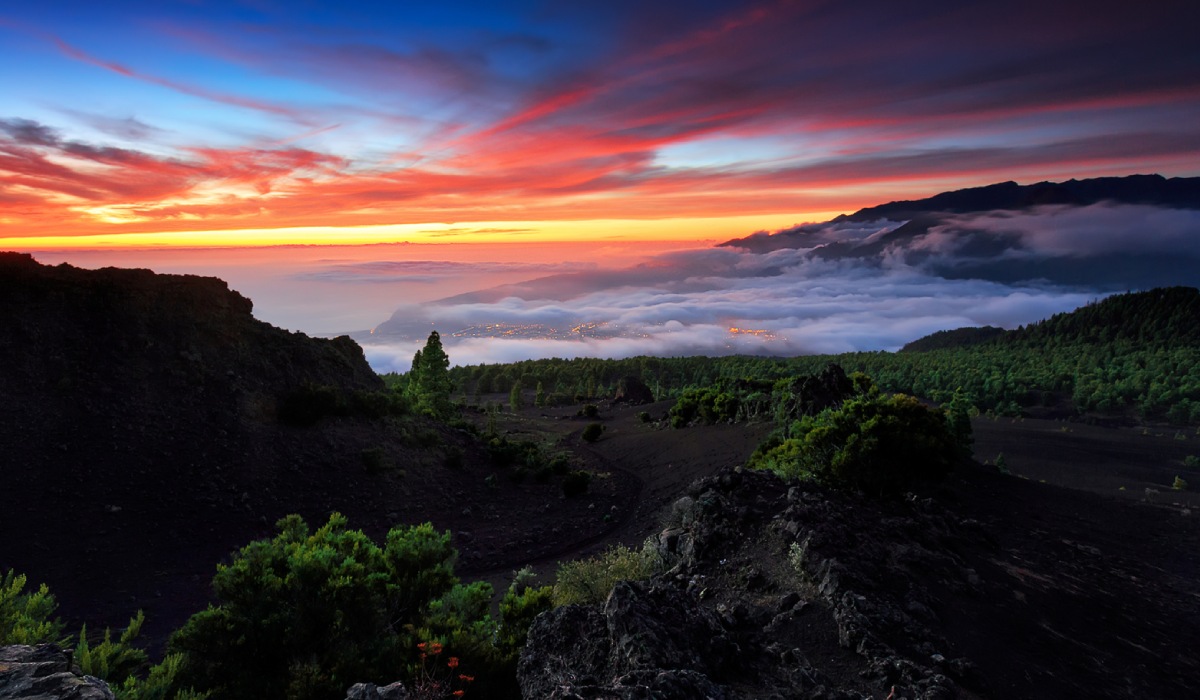
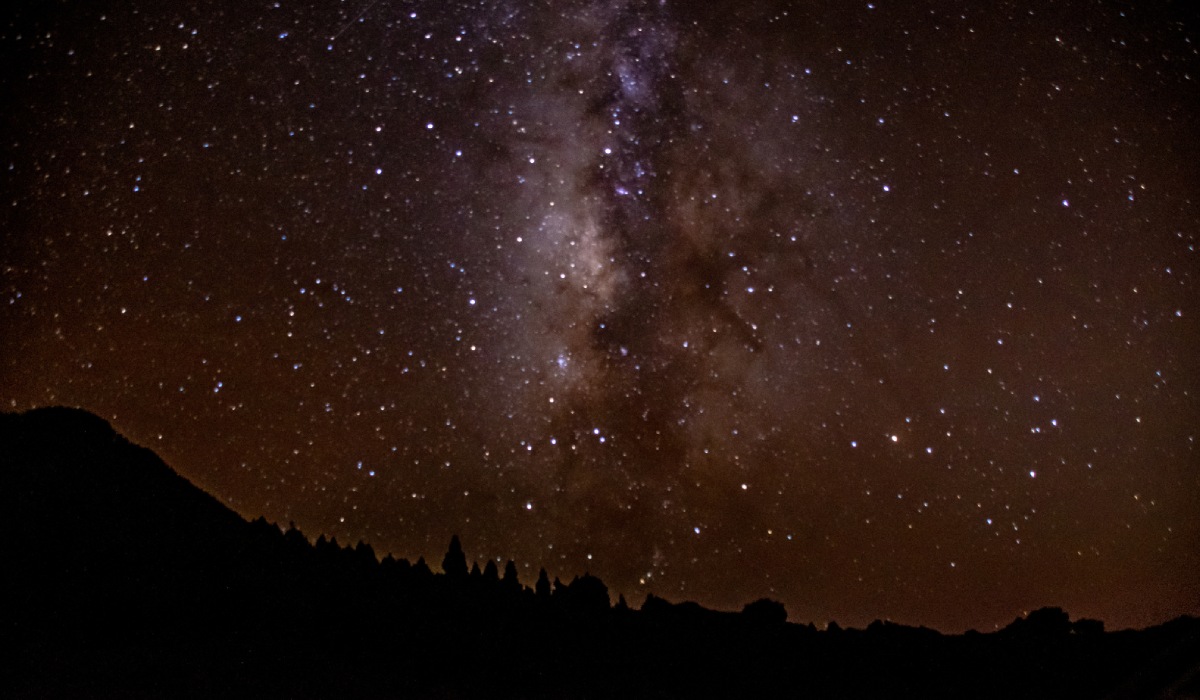
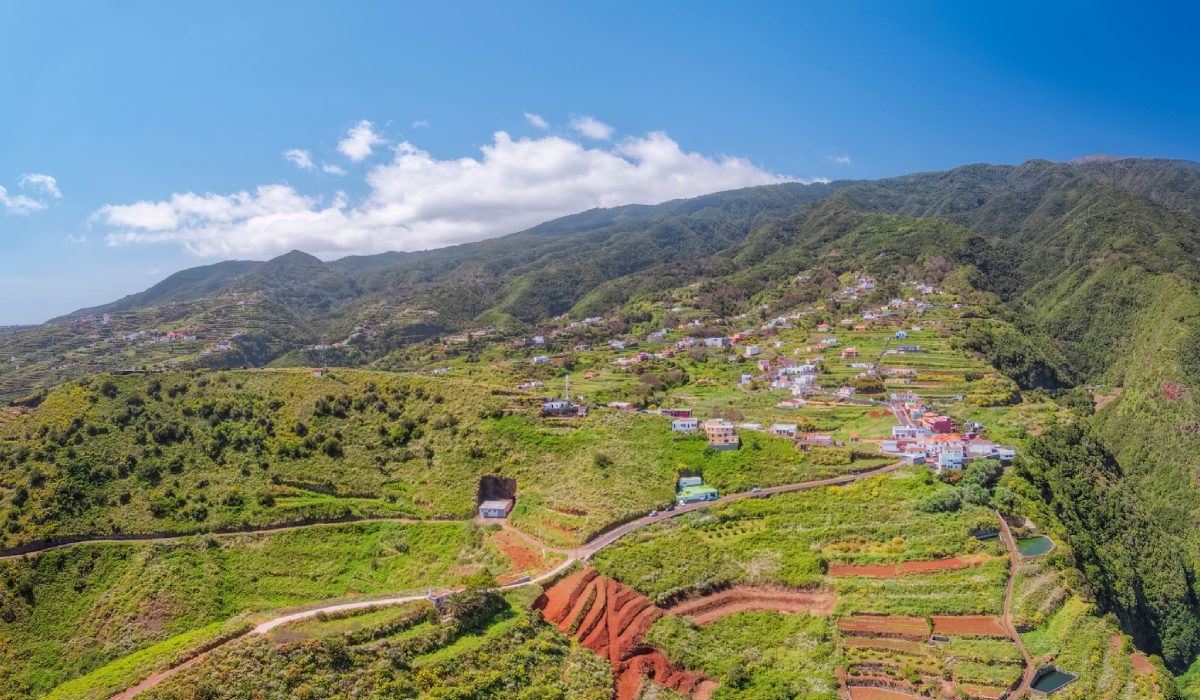
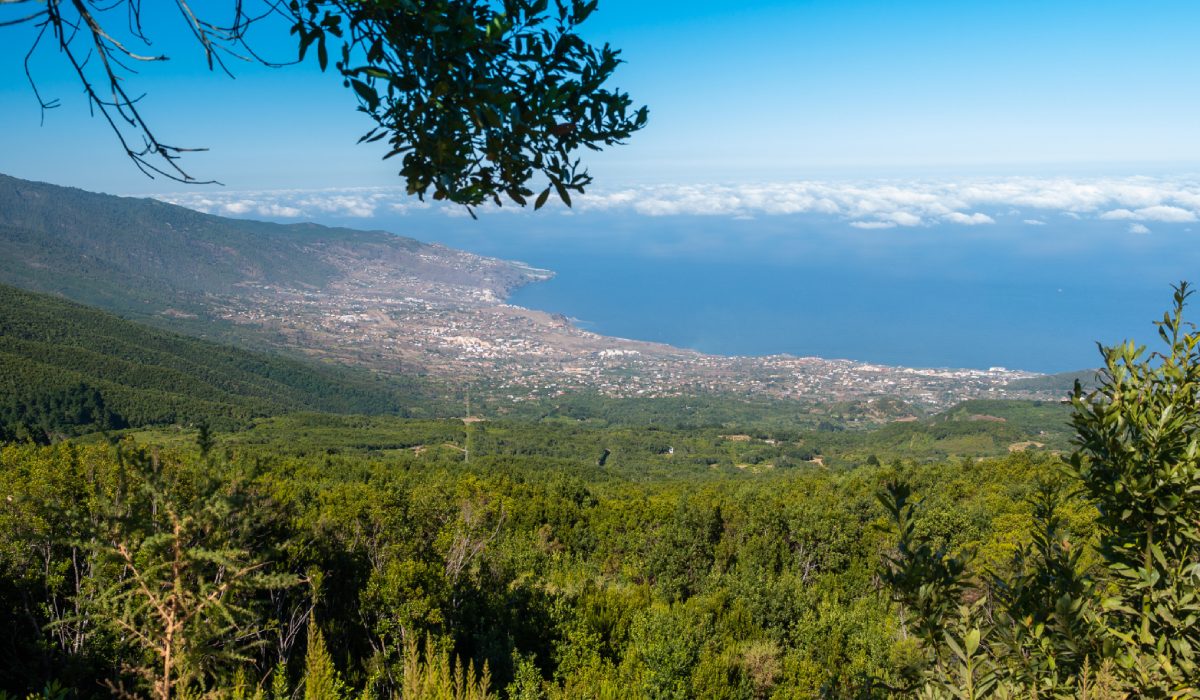
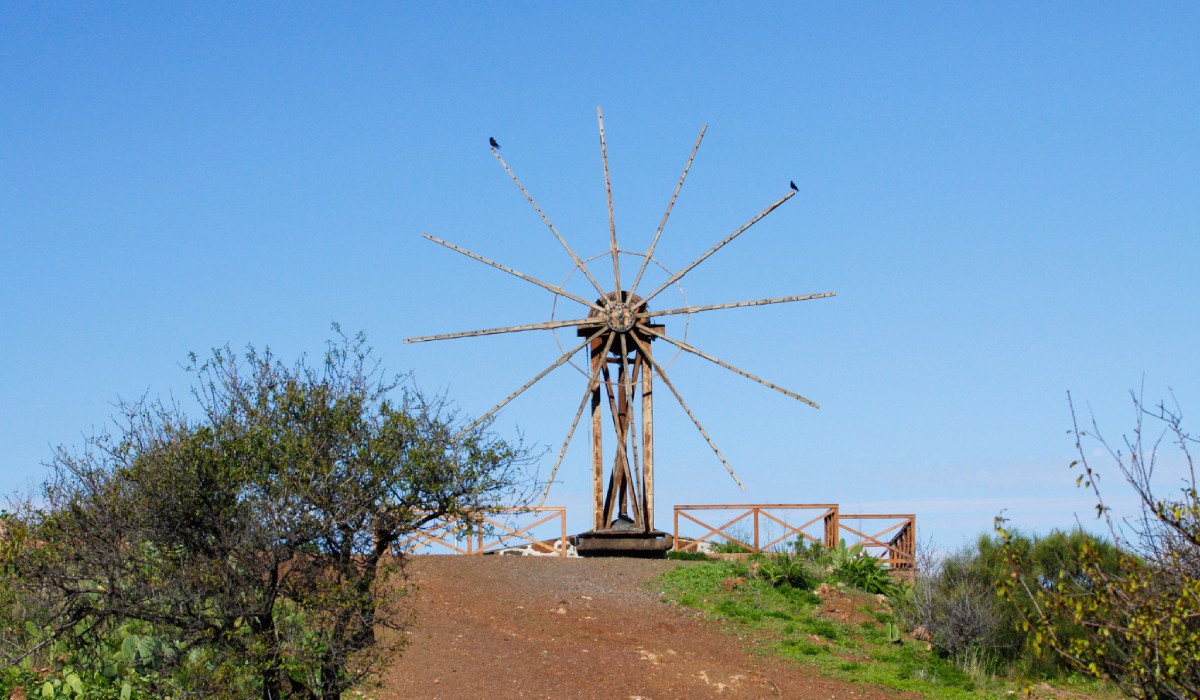
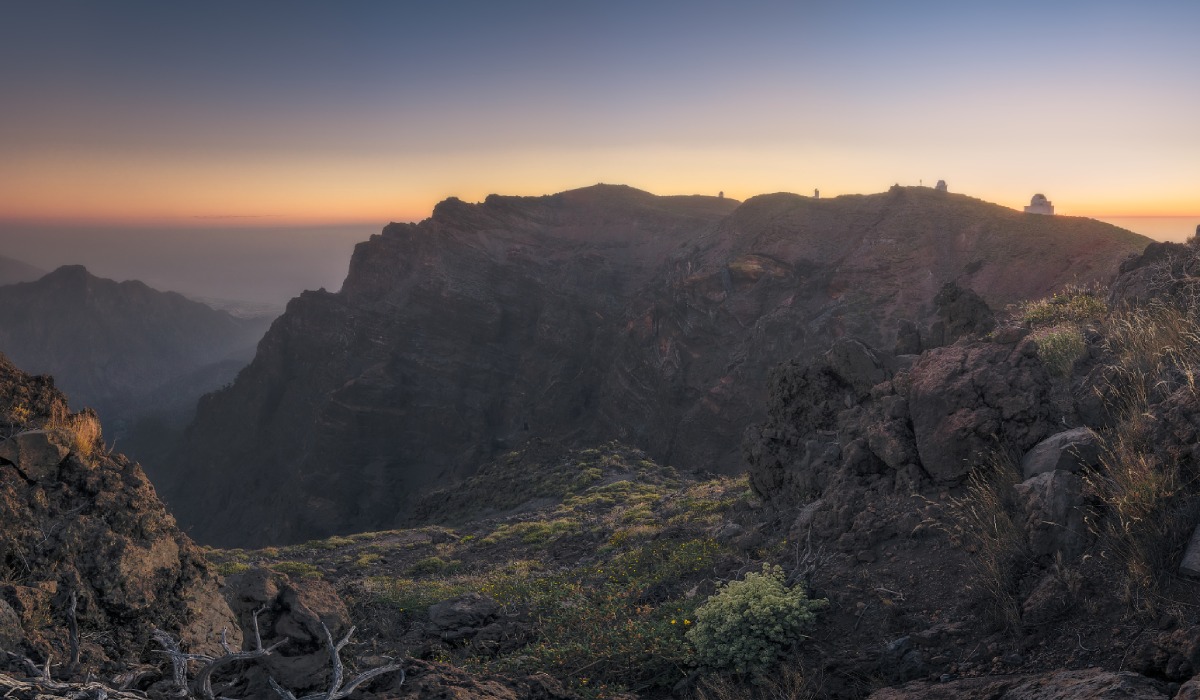

Leave a Comment